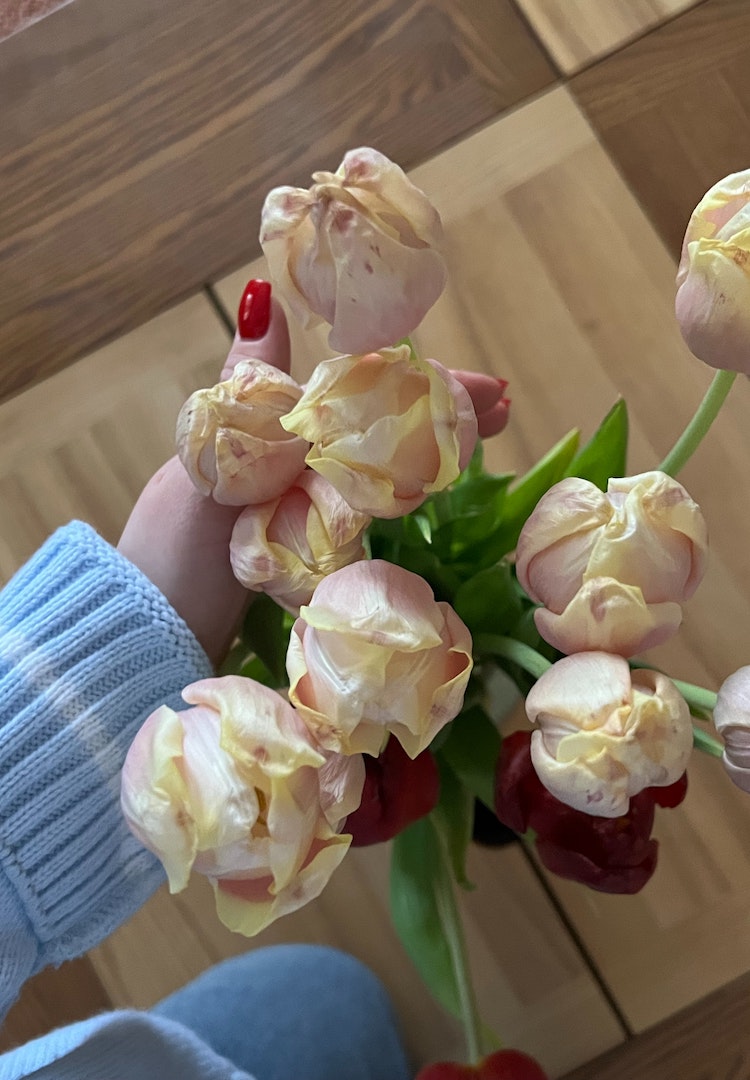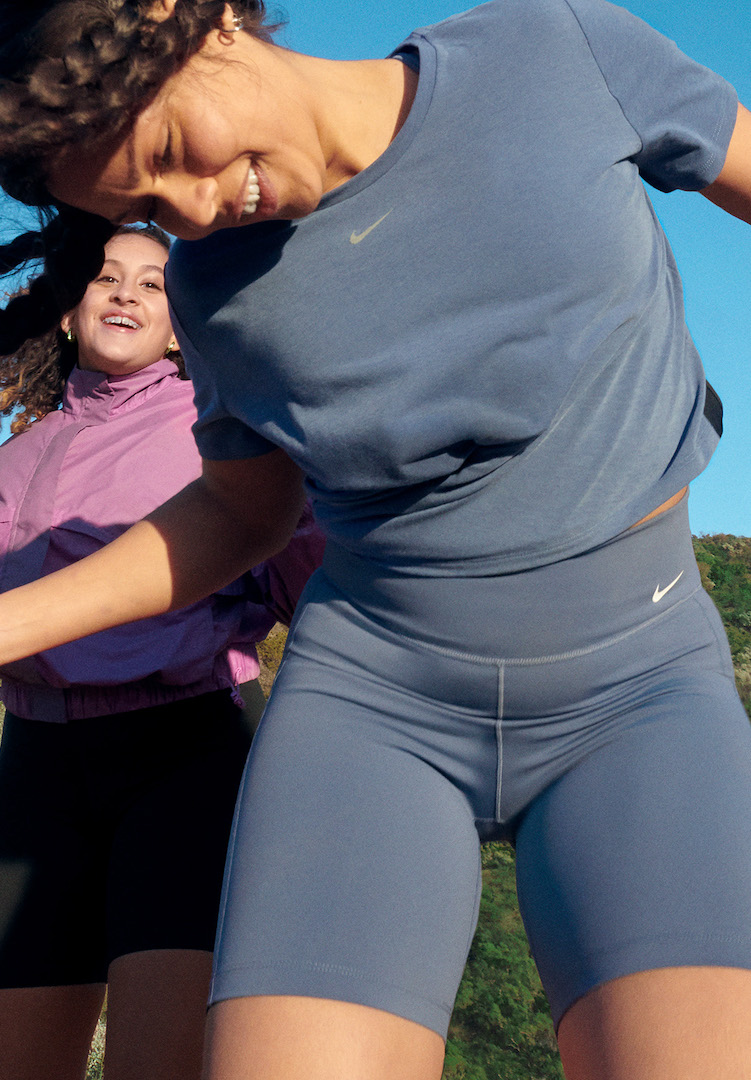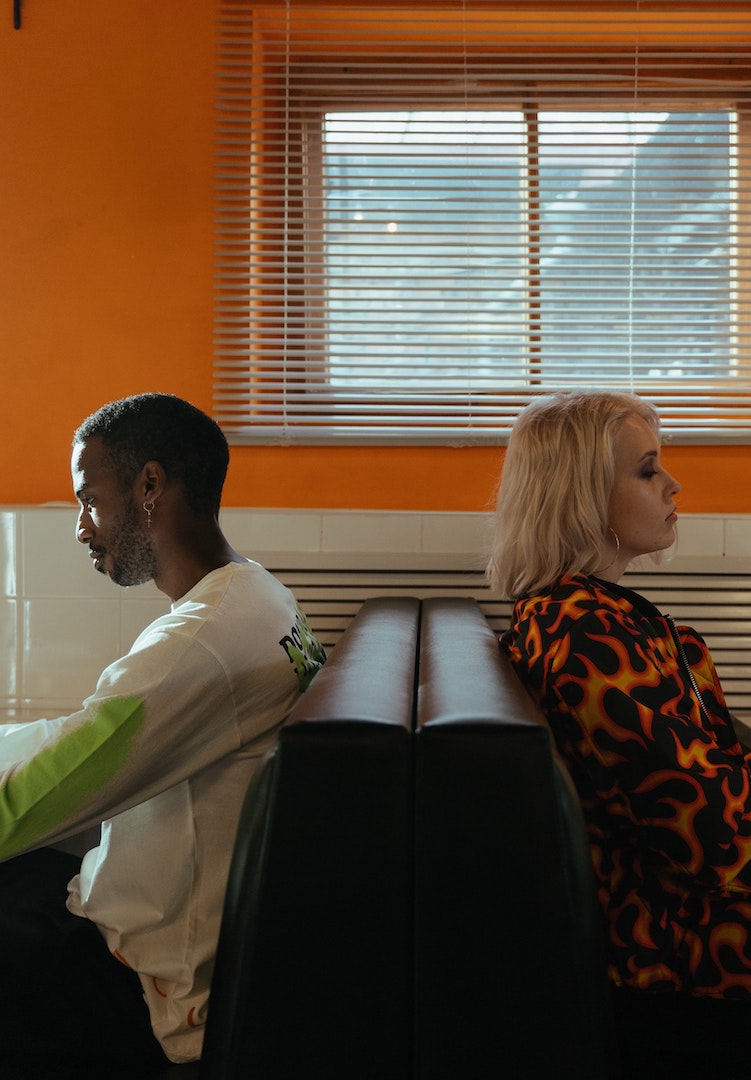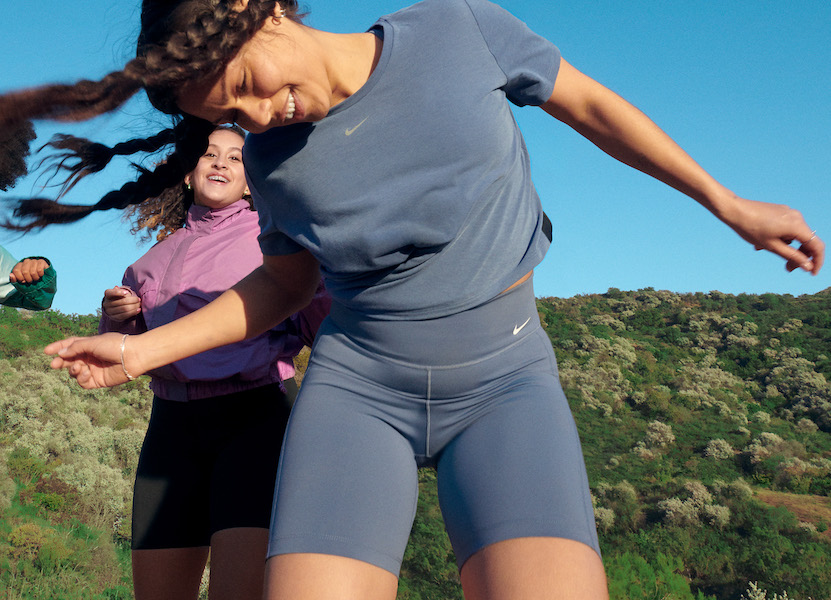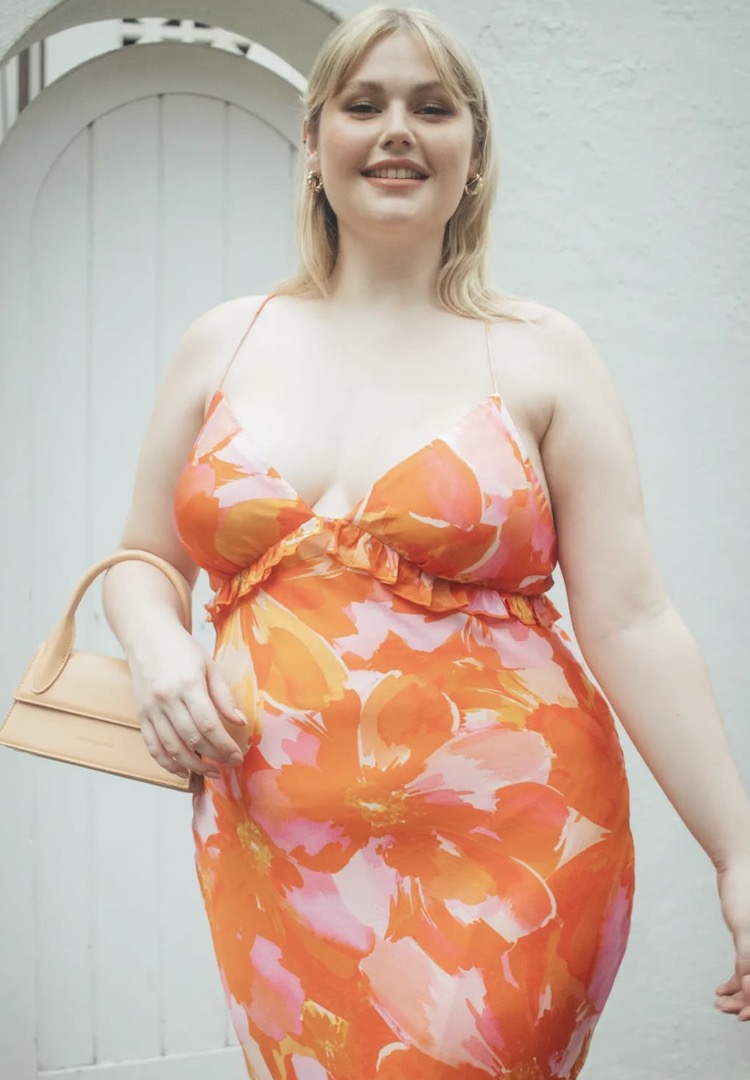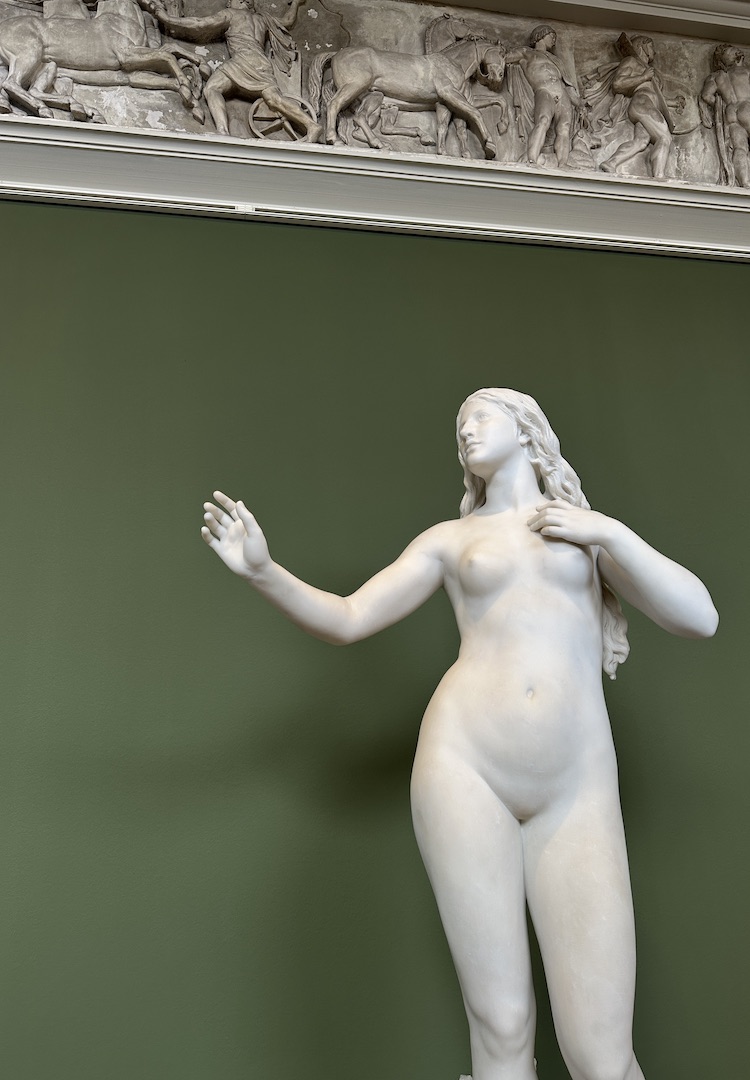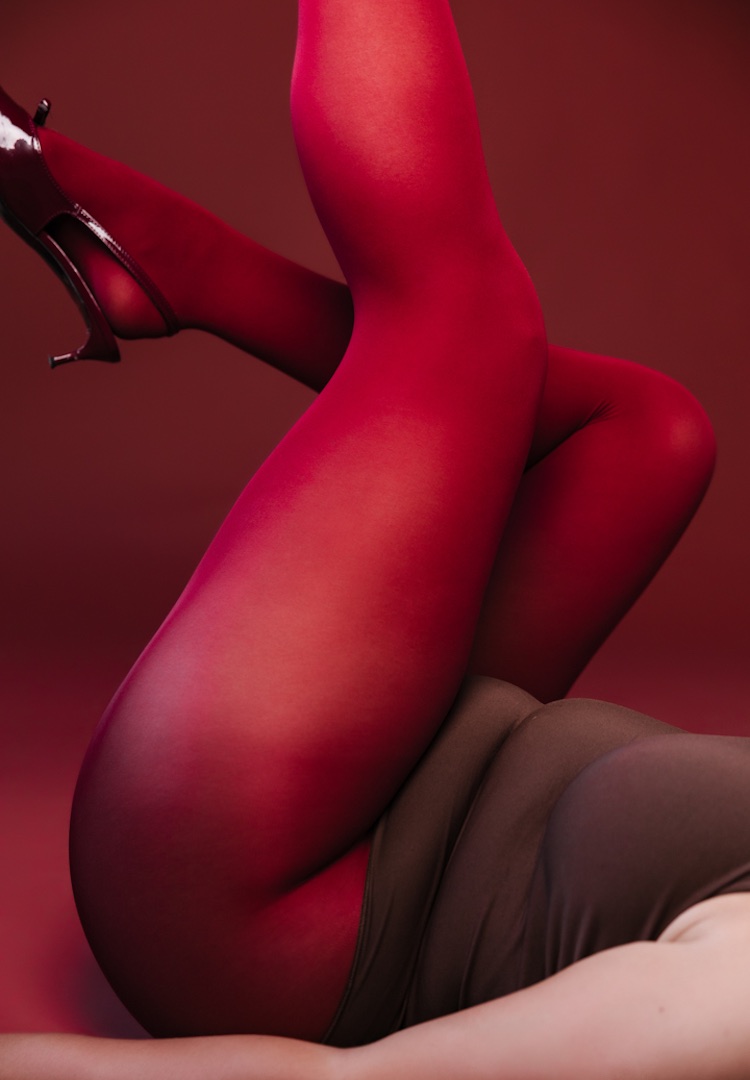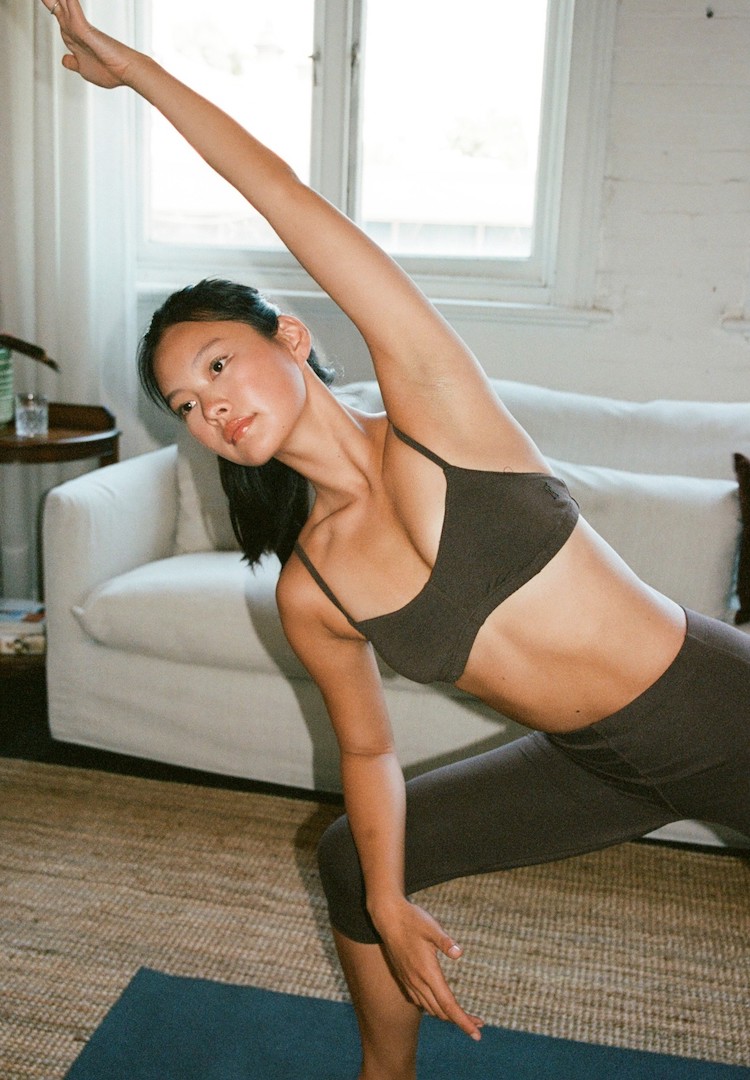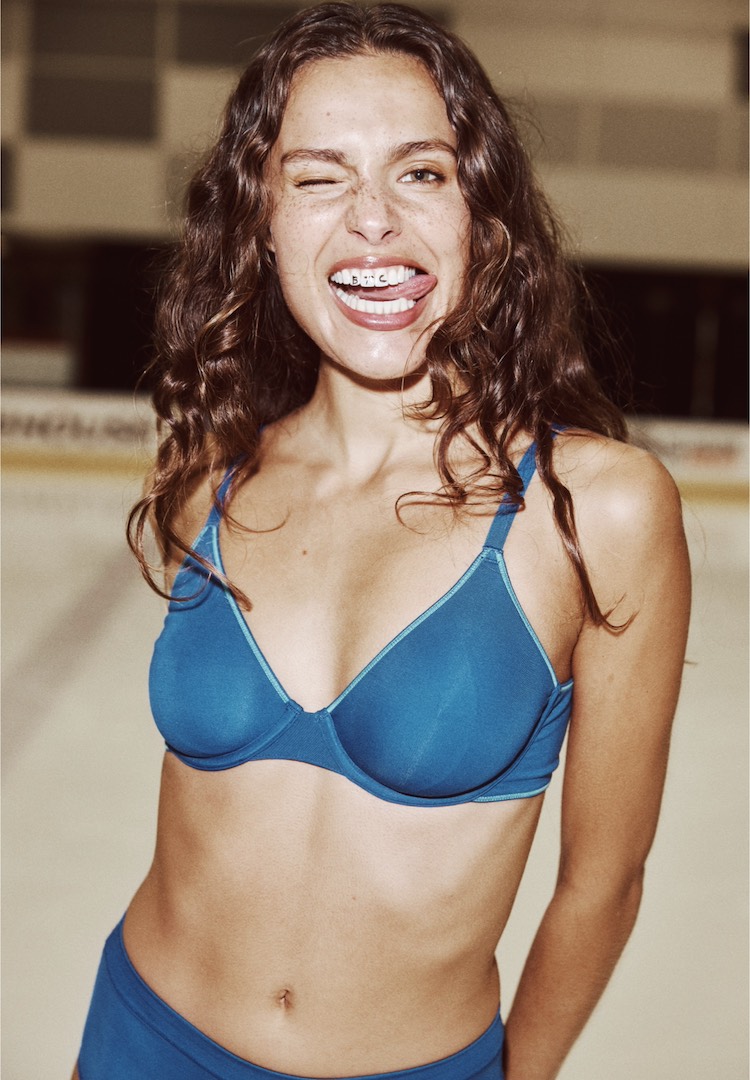As a reformed over-exerciser, here’s how I healed my relationship with movement
IMAGE VIA @NIKEWOMEN/INSTAGRAM
WORDS BY IZZY WIGHT
“Instead of giving in to negative self-talk, I now move because I choose to.”
I was never a particularly sporty person. Growing up in Queensland, it seemed all schools were split into two – rugby for the boys, netball for the girls. And between my nerves and general lack of motor skills, I never quite made the netball cut. I was awkward and uncoordinated, neither of which came off in a charming way.
In grade seven, my sports teacher pulled my mum aside after class one day and asked if I had any “conditions which might be affecting my performance”. Needless to say, school athletics carnivals coincided with a terrible case of the flu for five years running.
Interested to hear how others navigate the world? Head to our Life section.
I’ve spoken here before about my eating disorder, which started taking control of my life around age 15. The way I approached exercise was uncomfortable and forced; moving in the way that burnt the most calories, and saved the most time. It was secretive, painful and entirely unnatural; a forced activity in moments between meals and classes.
In short, exercise was hell. For roughly two years, I forced my body to move in the ways that brought the least pleasure. Every activity was a warped kind of endurance test, a battle between a broken-down body and a mentally ill mind. I’d run in the morning before my parents got up, and I’d do high-intensity workouts after meals. Movement – in any form – was part of a delusional, compulsive goal.
When I embraced recovery, I stopped exercising altogether. I couldn’t comprehend movement outside of the restrictive box my brain had created. Plus, while I was in recovery, it only hindered my chances of gaining back my ‘normal’ life. It was my therapist, funnily enough, who suggested it after seeing some improvement in my health. “Some of my patients use yoga as a stress reliever,” she said. “If you take it really slow, you might find it helpful.”
And I did. My weekly yoga session became a source of respite, providing a moment of clarity for my ever-whirring brain. But that was six years ago, and I only recently feel like I’ve wholly repaired my relationship with exercise. For context, two years of lockdown made me slip back into some old and unhealthy habits, so I broke away from my usual routine of online Pilates classes, long walks and yoga.
In this last year, I’ve finally rediscovered movement as a release, not a chore. This is in no small part due to my recent – and entirely surreal – trip to Nike World Headquarters in Portland with Nike Women. It was an experience centred around the brand’s commitment to her*, and the importance of celebrating all kinds of women. So why did I feel ‘too unfit’ to attend?
My inner saboteur, of course, was rearing its critical head. Where I thought I would be intimidated and out of place in a room of female athletes, changemakers and creatives, the experience taught me just how much we all have in common. Read on to hear about my key takeaways, and how they’ve helped me heal my fractured relationship with movement.
A focus on strength
When we arrived at Nike HQ, the opening conversation was between Megan Bartlett from the Centre for Healing and Justice Through Sport and Tunde Oyeneyin, an athlete, author and cycling instructor. Tunde spoke about her recently released book, titled Speak – an acronym for surrender, power, empathy, authenticity and knowledge.
When I was exercising purely to meet a caloric goal, I had no power – and I surrendered, just in all the wrong ways. It’s incredible how eating well and working out (read: moving your body in a healthy way) can make you feel strong. Where before exercise made me feel weak, tired and often on the verge of collapse, it now makes me feel powerful.
Instead of giving in to the negative self-talk, I now move because I choose to. In a literal sense, that looks like a combination of strength training (Pilates, yoga, weights, etc.) and fun cardio-based classes like barre and cycling. This is supported by an understanding that there’s no ‘good’ or ‘bad’ food – I just eat the right amount of whatever I want to keep me going.
Feeling confident and supported
As arbitrary as it sounds, the clothing you choose to work out in can make a big difference to the overall experience. If you look and feel good, you’re more likely to go into exercise with a positive mindset – which helps maximise the production of those feel-good neurotransmitters. My method is to find the silhouettes I love most and build up a small collection of pieces in different colours, prints and materials.
For me, that’s the Nike Zenvy Biker Shorts and the Nike Swoosh Sports Bra. The Zenvy Biker Shorts are buttery-soft and streamlined but have a discreet drop-in back pocket to hold my phone. And as someone with a bigger bust, the Swoosh Sports Bra makes me feel supported and secure, without the industrial-strength underwire. Plus the padding is removable, and there are 14 flattering colour options.
When I’m on my period, finding the mental strength to move my body can feel particularly challenging. The new Nike One Leak Protection Shorts feature a built-in, full-coverage liner, designed to act as an extra line of period defence without the added bilk. The wider waistband is also ideal for those extra-bloaty days.
Finding joy
The most pivotal lesson I learnt is exercise should bring joy, not pain. As Tunde explained, when she’s teaching a cycling class, she says “This is 30 minutes. For the next 30 minutes, be here, be only here… let it go”. Movement isn’t about forcing yourself towards a goal. It’s about enjoying the journey and relishing in the fact that you get to do this – whatever ‘this’ may be.
*Nike acknowledges gender is a spectrum, therefore when referencing ‘her’, everyone is invited into the space.
For more on healing exercise obsession, head here.

